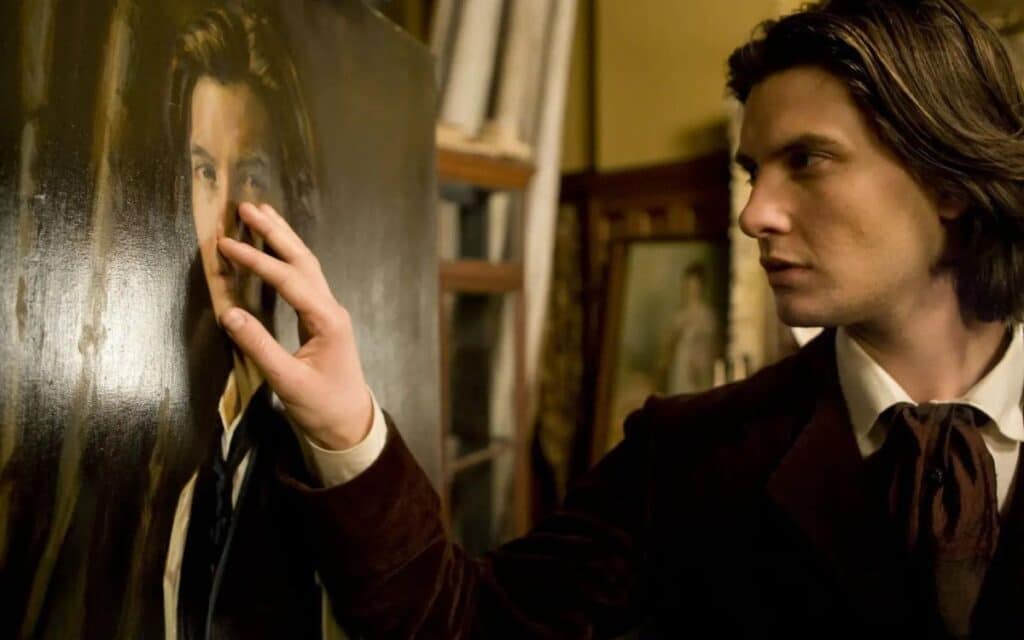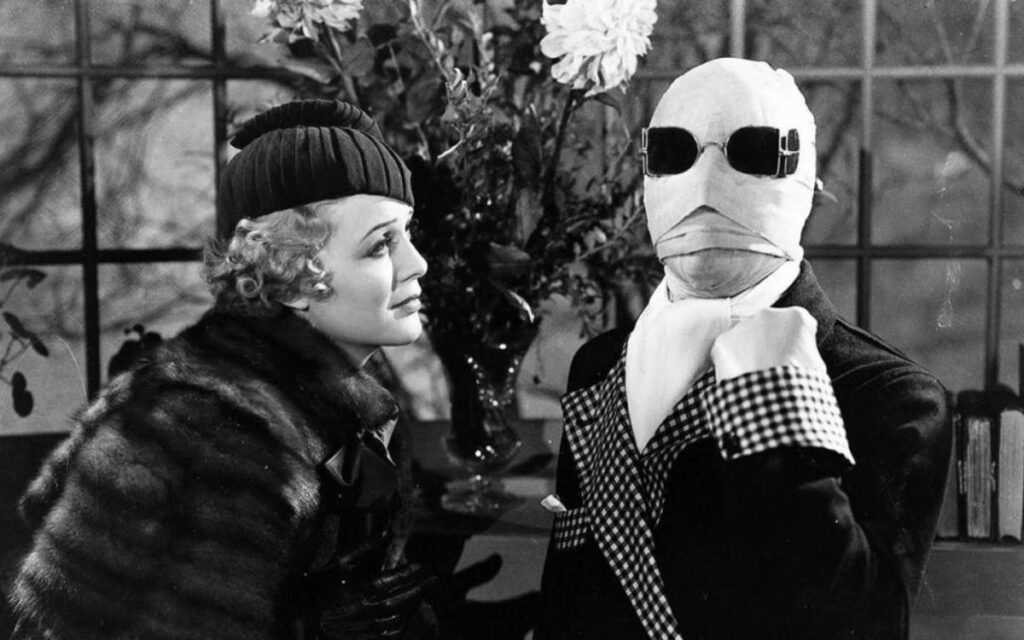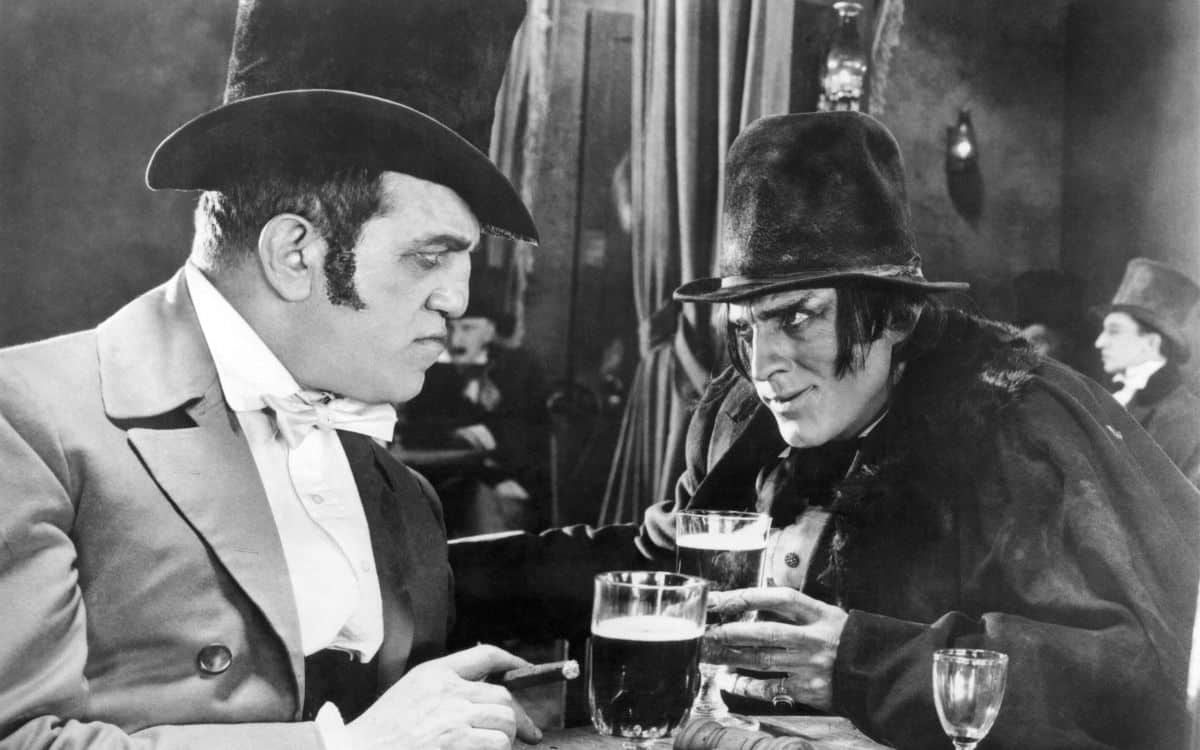Nineteenth-century horror fiction unleashed monsters not merely to terrify but to expose the dark, hidden duality within the human soul, writes DAVID TURNBULL
Monsters in classic horror fiction come in a number of forms. Man-made monsters which turn on their creators, as in Mary Shelley’s Frankenstein (1818). Supernatural beings with maliciously evil intent, as in Bram Stoker’s Dracula (1897). Shape-shifting entities which can change form at will, as explored by Richard Marsh in The Beetle (1897).
But what if the monster isn’t an external threat, but one which dwells deep within yourself? A monstrous side of you which can take over at any time a lead you to commit terrible and depraved acts the normal side of your personality would not even contemplate?
Long before modern psychologists has defined having a split personality under the term dissociative personality disorder this notion of human duality was explored in four horror classics of the 19th century, an era where suppression of true feelings in deference to strict societal and religious mores was commonplace.
The Private Memoirs and Confessions of a Justified Sinner (1824) by James Hogg
James Hogg was born in the Scottish borders in 1870. He spent most of his adult life working on farms in the Ettrick area of Selkirkshire, tending sheep on the bleak hillsides. This would earn him the name of the Ettrick Shepherd later in life when he became better known as a writer.
The poetry he was writing while working on the farms came to the attention of another, more famous author, Sir Walter Scott, who was the Sheriff of Selkirkshire at the time. Scott became Hogg’s close friend and mentor and helped get some of his poems published by John Murray’s publishing house, who as well as being Scott’s own publisher was also the publisher of Lord Byron and Percy Shelley.
Hogg also wrote stories and novels set in Scotland with distinct supernatural and gothic elements, the most successful of which was his exploration of duality and corruption in ‘The Private Memoirs and Confessions of a Justified Sinner’, described by Encyclopaedia Britannica as a macabre tale of a psychopath that anticipates the modern psychological thriller.
The main character is Robert Wringhim, member of a staunchly religious Edinburgh Calvinist family. He a meets a mysterious individual named Gil-Martin who slowly brings him under his malevolent influence and convinces him that the murder of his mother and brother, whose souls are already apparently damned, is the route to his own salvation. There are suggestions that Gil-Martin may be a fallen angel or a demon as he lures Wringhim deeper and deeper into a twisted web of drunkenness and debauchery.
There is a hint of supernatural possession of Wringhim’s soul by Gil-Martin. But the deep underlying thread which runs through the storyline is that Gil-Martin may actually be the supressed evil side of Wringhim himself, driven to a violent insanity in his search for piousness, through which he believes he is guaranteed salvation and justified in killing those already damned for eternity.
The book was popular amongst other writers at the time, but received a lukewarm response from critics and sold less than 1000 copies. But it began to come into its own in the 20th Century.
Crime writer, Ian Rankin, has cited it as a huge influence, and Chuck Palahniuk has said it was one of the novels he drew inspiration from for his own horror thriller about duality, ‘Fight Club‘.
The Strange Case of Dr Jekyll and Mr Hyde (1886) by Robert Louis Stevenson

Stevenson was one of the writers who found Hogg’s neglected masterpiece an inspiration, saying of it ‘Since I read it in black, pouring weather on Tweedside, it has always haunted and puzzled me. It is without doubt a real work of imagination, ponderated and achieved.’
Stevenson grew up in Edinburgh and, in childhood, witnessed the divided duality of his birth city. Narrow poverty stricken streets on the old town side of Edinburgh Castle contrasting with the uniformly laid out streets of the newer professional and middle class area on the other side of Princess Street.
There was a duality in his own family too. His mother’s side of the family were God fearing Presbyterians. His maternal grandfather was head of the Church of Scotland. His father’s side were engineers responsible for the design and construction of lighthouses on the coast of Scotland and Northern England.
Stevenson chose his own route, becoming a Bohemian writer and poet instead of the other options laid out for him. His early works were inspired by two scandals which consumed Edinburgh society involving a couple of respected gentlemen who turned out to be harbouring dark secrets.
The first was William Brody, also known as Deacon Brody because of his respectable position in the church. Brody was a professional cabinet maker proving services to Edinburgh’s well-heeled elite. What his clients didn’t realise was that Brody had a secret gambling addiction which resulted in him being in league with a gang of housebreakers who would use duplicate keys supplied by Brodie to empty the cabinets he’d been commissioned to make of their valuable heirlooms and silverware.
The second concerned the eminent surgeon Robert Knox. Knox became embroiled in the Burke and Hare body snatching scandal when the pair began murdering people in the back streets of Edinburgh to satisfy the doctor’s need of fresh corpses for his anatomy theatre.
Stevenson drew inspiration from both of these scandals. Deacon Brodie, or The Double Life, was a play he wrote about the criminal exploits of the cabinet maker, who included Stevenson’s own parents amongst his clients. His short horror story, ‘The Body Snatcher’, features an anatomist called Doctor K…, clearly based on Robert Knox.
Out of this heady mix of influences was born ‘The Strange Case of Dr Jekyll and Mr Hyde’, which Stevenson claimed first presented itself to him in a nightmare. While the story is set in London, the events depicted could just have easily have unfolded in Edinburgh.
Its plot concerns Doctor Jekyll who concocts a potion which can give physical substance to his supressed bestial and primitive nature, in the form of Mister Hyde, a hideous hunched and dwarfish monster prone terrifyingly violent outburst.
Jekyll believes he can control this terrible side of his personality, but gradually Hyde become stronger and more dominant, able to manifest himself and seize control without the aid of the potion.
Inevitably this leads to murder, with the respected Member of Parliament, Danvers Carew being beaten to death in a darkened alley by Mister Hyde armed with a walking stick.
Carew is said to have ventured out into the streets of London in the early hours for an unexplained secret liaison with a young man (less than subtle hints by Stevenson of the highly risky dual life many gay men were driven to in Victorian society).
Jekyll and Hyde has become the masterwork of duality in horror. It was made into a highly successful stage play shortly after its publication. One of the earliest silent horror movies was based on the stage play and was produced by the Selig Polyscope Company in 1908. Since then there hasn’t been a decade that has gone past without at least one cinema or television adaptation of Stevenson’s strange case.
The Picture of Dorian Gray (1890) by Oscar Wilde

Four years after ‘The Strange Case of Dr Jekyll and Mr Hyde’ came ‘The Picture of Dorian Gray’, the only full length novel written by Oscar Wilde. The story came about as a consequence of a lunch Oscar Wilde attended with Arthur Conan Doyle at the Langham Hotel in London. Their host was J.M. Stoddard, editor of the American periodical ‘Lippincott’s Monthly Magazine’ who was in London to commission stories for publication. Today there is a plaque on the wall of the Langham hotel celebrating this famous luncheon
Doyle submitted ‘The Sign of Four’ which was the second of his consequently long running Sherlock Holmes stories. Wilde turned to a story he’d had published a year earlier called ‘The Portrait of W.H.’ about the search for the truth about Willie Hughes depicted in a portrait and thought either to be a Shakespearian boy actor that the bard dedicated some of his sonnets to, or, alternatively not to have existed at all.
Dorian Grey travels a much darker route to explore similar themes of duality as those of Hogg and Stevenson. Wilde also veers into the subject of hidden homosexuality, a ‘crime’ for which he himself would later serve time in Reading Gaol.
Dorian’s friend, Basil, is infatuated by his beauty and persuades him to sit for a portrait. Basil introduces Dorian to Lord Henry Wotton who then convinces him that a hedonistic lifestyle in pursuit of beauty and sensual fulfilment is the only life worth living.
Wilde’s plot takes Dorian Gray’s story back to Hogg’s supernatural elements and away from Stevenson’s more scientific approach. Enthralled by this notion and conscious that his own good looks will fade as he grows older Dorian sells in soul in order that he will remain young, while the image of him depicted in Basil’s portrait grows older.
Eternally young Dorian leads a libertine lifestyle, inevitable sinking into the depths of depraved acts and debauchery in the belief that he will face no consequences.
Meanwhile with every bad act he commits the picture, stored in his attic, become older and more grotesque. Eventually, his conscience kicks in leading to him destroying the picture in a fit of remorse. The final scene in which Dorian’s body is found withered and wizened next to the destroyed portrait foreshadows the same literary mechanism that Bram Stoker would use to depict the demise of Dracula seven years later.
Two years after Jekyll and Hyde was first made into a movie ‘The Picture of Dorian Grey’ or ‘Dorian Gray’s Portraet’ was released as a silent film interpretation by Danish filmmakers Regia Kunstfilms in 1910.
Dorian Gray hasn’t quite matched the number of interpretations of Jekyll and Hyde, but in the decade till 1920, following this first outing, no less than six other films based the story were released. The most recent cinematic adaptation was in 2009 and there are rumours that Netflix may be planning a Dorian Gray series.
The Invisible Man (1897) by HG Wells

HG Wells’ The Invisible Man reintroduced the notion of a chemical concoction which serves to bring out the monster inside the inventor who created it. This time the potion brings about invisibility by altering the body to a state in which it doesn’t absorb or reflect light.
Wells wrote the novel while he was living in Woking where he also wrote ‘The War of the Worlds’. He said that a ballad ‘The Perils of Invisibility’ by WS Gilbert of Gilbert and Sullivan fame provided the initial inspiration. In the ballad an elderly gentleman named Peter is rendered invisible following an encounter with a fairy. The description of how this leaves Peter mirror’s Wells description of Griffin, the protagonist of ‘The Invisible Man’:
So there remained a coat of blue,
A vest and double eyeglass too,
His tail, his shoes, his socks as well
But, while Gilbert takes the story down comedic route. Wells takes his character down a much darker and horrifically tragic path.
As with Dorian Gray and his picture in the attic, Griffin realises that in his invisible state he can commit crimes and unspeakable acts with impunity. This well and truly brings out the monster within with Griffin pledging a reign of terror against those he perceives to have wronged him.
Following an attempted murder Griffin is beaten to death by a mob and rendered visible once more. While Hogg, Stevenson and Wilde lay their monsters to rest with the deaths of their alter egos, Wells leaves the suggestion open that another monster may be unleashed at some point. Thomas Marvel, a tramp that Griffin coerced into becoming his partner in crime, has inherited part of the invisibility formula and, while he may not possess the education or skill to recreate it, there’s always the possibility that someone else might.
Like the other examples here, ‘The Invisible Man’ has inspired a number of movie adaptation starting with the 1933 Universal Pictures with Claude Rains in the starring role. My favourite of the batch has to be the crossover 1957 Japanese scifi horror, ‘The Invisible Man vs The Human Fly’.
While there has been a BBC Radio 4 adaptation of Hogg’s original gothic classic, along with a 1970s opera by Scottish Opera, there hasn’t yet been a big screen or television adaptation. But the subject of duality is timeless, so never say never.
Have you read any of these classic horror stories? Share your thoughts on how they explore the darker side of human nature in the comments!



